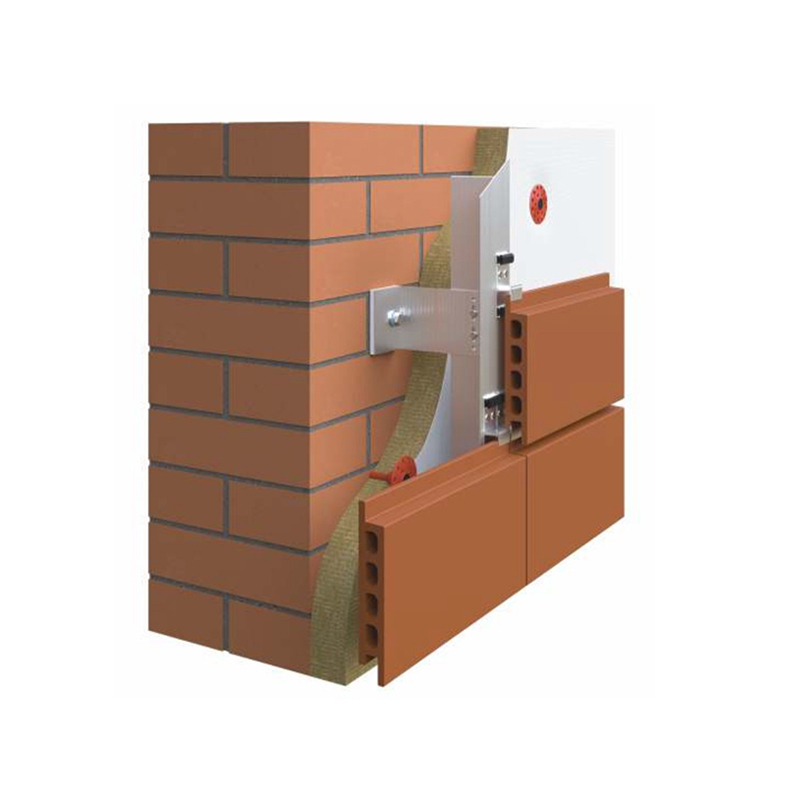-
 Tel:
Tel:+86-15996094444
-
 E-mail:
E-mail:rose@aozjs.com
INQUIRE NOW

+86-15996094444

rose@aozjs.com
INQUIRE NOW
Terracotta Facade System: The collision of tradition and modernity
The history of terracotta panels can be traced back to China thousands of years ago, and the modern terracotta curtain wall system has pushed this traditional material to a new height through industrial production and technological innovation.
Material characteristics: Terracotta panels are made of natural clay and fired at high temperatures. They have excellent weather resistance, corrosion resistance, and unique texture and color.
Design flexibility: Through digital design and customized production, terracotta panels can achieve complex curved surface modeling, texture simulation (such as wood grain, stone) and even artistic patterns to meet personalized needs.
Environmental attributes: Terracotta panels can be recycled and reused, and the carbon emissions during the production process are much lower than those of glass or metal curtain walls, which is in line with the trend of green buildings.

Why choose Terracotta Facade System? Four core advantages
Sustainability benchmark
The low carbon properties and long life (up to 50 years or more) of terracotta curtain walls make them the "darlings" of green building certification systems such as LEED and BREEAM. For example, a zero-carbon building project in Europe has achieved energy self-sufficiency through the integrated design of ceramic curtain wall and photovoltaics.
Double breakthrough in aesthetics and function
From skyscrapers in Dubai to cultural landmarks in China, the ceramic curtain wall with its warm tones and natural texture gives humanistic warmth to cold high-rise buildings. At the same time, its self-cleaning performance and sound insulation and heat insulation effects significantly improve the user experience of the building.
Long-term value of cost-effectiveness
Despite the high initial investment, the low maintenance cost (no need for frequent cleaning or replacement) and anti-aging performance of the ceramic curtain wall make its life cycle cost much lower than traditional materials.
Carrier of cultural expression
Ceramic panels can be integrated into regional cultural elements and become the storyteller of urban stories. For example, in a historical block renovation project, the ceramic curtain wall reproduced the texture of the local traditional brick wall, achieving a visual harmony of the blend of old and new.
Global Case: How does Terracotta Facade System define the new cover of the city?
A financial building in London: using gradient glazed ceramic panels, it presents dynamic visual effects as the light changes, becoming a "net celebrity building" on social media.
A cultural center in Shanghai: By combining ceramic panels with LED lights, a programmable "breathing" facade is created, which turns into a light and shadow art installation at night.
An eco-hotel in the Middle East: Using the sunshade performance and ventilation design of ceramic panels, the air conditioning energy consumption is reduced by 30%, becoming a green oasis in the desert.
Contact Us